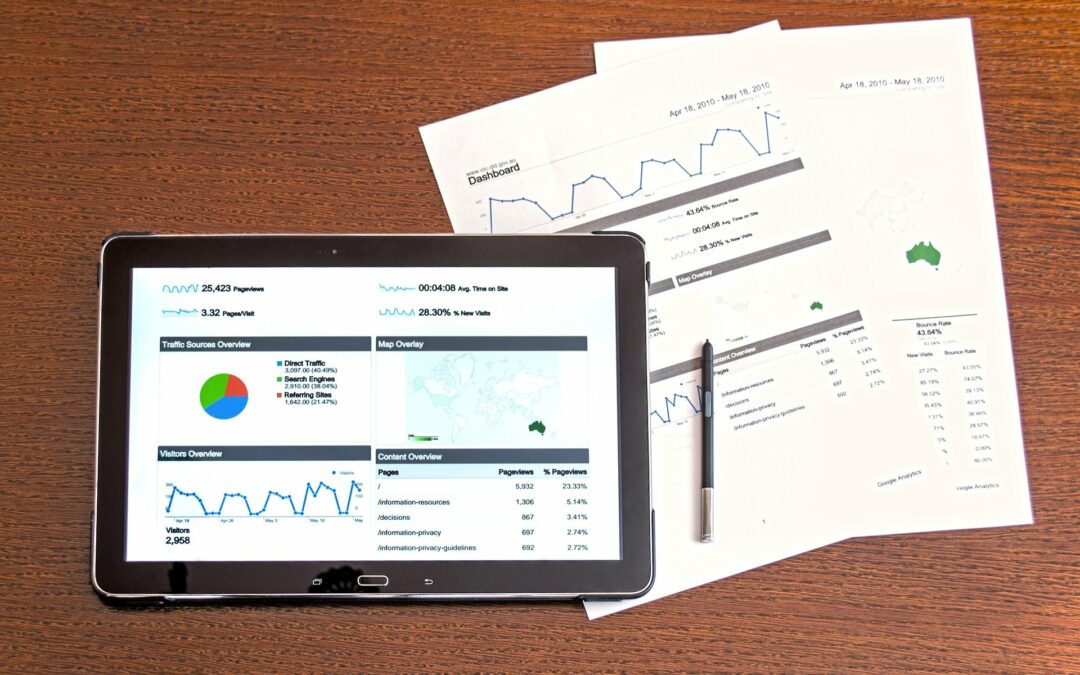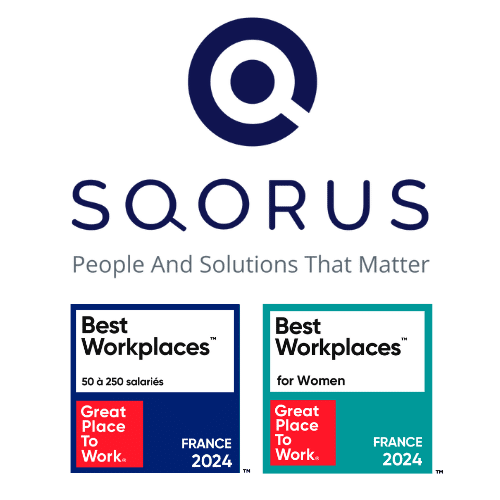The digital transformation of businesses has highlighted the importance of data in decision-making. HR departments are no exception. Today, it’s essential for HR departments to seize on data and AI strategy to strengthen their position within the company.
In this article, discover the foundations of a successful Data and AI strategy for HR and master these key elements to strengthen your influence within the executive committee and contribute to business performance.
A few years ago, the buzzword in business was “Big Data”. For a long time, the truth behind this subject was a heap of data, and extremely limited analysis and real use of this data.
As maturity advances, the approach to data becomes more pragmatic. We’re talking about “Smart Data”, “Data Driven” companies, and “People Analytics”, with major projects being carried out in terms of HRIS tools, Master Data Management logic, and as a common thread the desire to make the HR function a genuine partner in business and organizational performance.
In this article, I’d like to set out the strategic foundations of Data and AI HR approaches, which HR departments should seize upon to strengthen their influence in management bodies.
The challenges of HR Data
We can identify 4 main challenges in the area of HR data:
- Cost control: control payroll and adjust remuneration, measure and reduce absenteeism and turnover…
- Improving performance: measuring the employee experience at each HR milestone and your Employee Value Proposition, proposing tailor-made career paths (recruitment, integration, career and training), boosting the level of employee commitment, providing support for managers.
- Anticipation and decision-making: anticipating the transformation and disappearance of professions, preventing mental health risks, anticipating potential departures and identifying warning signals.
- Increasing transparency and CSR: sharing career paths and remuneration transparently, managing and promoting Diversity and Inclusion, flex-office and transport time management, etc., contributing to the measurement of the company’s overall performance.
Note: in terms of posture, you need to focus on identifying issues with a “business” impact (direct or otherwise) rather than just “HR”.
The stages of a Data-Driven HR strategy
So the subject of stakes is just the first building block in our data-driven strategy. We must then :
- Inventory available data (and along the way, discover a potential lack of data quality)
- Choosing Data-Driven HR tools
- Analyze HR data
- Identify relevant insights
- Define a strategic plan based on these insights
- Training teams
- Using data in the HR decision-making process
On this Data-Driven path, support for change and acculturation to data remain essential, with an assessment of your HR Data maturity, based on the following pillars:

The purpose of this article is not to go into detail about the pillars we have for our customers, but we can mention the need for cross-functional collaboration, transparent and exemplary leadership, attention to the user experience and ongoing communication about the issues, future-oriented investments, the implementation of policies and standards… and data ownership.
On this last point, it is not uncommon for data management to clash with territorial and political logics, making it difficult to develop a global and effective data strategy.
The limits of HR Data and AI
Once your data is clean, integrated and analyzed in tools that work, within teams that understand the vision and necessity of a data-driven approach on a daily basis, there is also the risk of putting too much trust in the system.
Data or AI are tools that can increase your decisions, your ability to do, your performance… to an unprecedented level.
But this cannot be done without a critical and enlightened approach on the part of those who use them.
For example, we’re seeing more and more young employees using Generative Artificial Intelligences as a means to an end, disregarding hallucinations, potential errors… not least because they don’t always have a good grasp of the subject on which they’re making their tool work.
Others slip into a “clinical” vision of employees, venturing into “People Analytics” approaches that are not offset by positive actions to promotecollective intelligence.
Our belief as a firm is that in a world of data and algorithms, it’s essential that everyone works :
- Their curiosity, creativity, empathy, collaboration and, above all, critical thinking skills
- Their responsible approach to technology use
- The connection with the real world, i.e. the specific context of an organization, issues linked to the sensitive world, intuitions…
At the same time, the systems in place must not be a black box where errors or erroneous information can no longer be identified.
At SQORUS, we believe in approaches that intimately combine technical and human issues. Our employees are the daily embodiment of this, and it is on this dual vision that they support the organizations we are lucky enough to count among our customers.
What tools can you use to manage your HR strategy?
Optimize your HR strategy and discover the essential management tools you need to achieve your objectives. Don't miss this opportunity to successfully manage your HR projects.
See also our feature on "HR strategy management tools".
- What are the key issues facing HR departments today?
- Organization, talent management, recruitment: priority HR projects?
- Human resources management: what HR strategies for the future?
- Best practices to manage your HR strategy in an optimal way
- The different HR management tools to carry out your HR strategy
- HRIS software: the different areas of intervention for the HR function
- How to convince your management to invest in an HRIS tool?
- Is it necessary to be accompanied in the management of an HR strategy?
- What indicators should be defined to measure the performance of an HR strategy?
- HR strategy: how to achieve effective HR reporting?
- Who should drive HR projects in the company?
- Setting up a working group for an HR project: who should be involved?
Contact
A project? A request?A question?
Contact us today and find out how we can work together to make your company’s digital future a reality.













